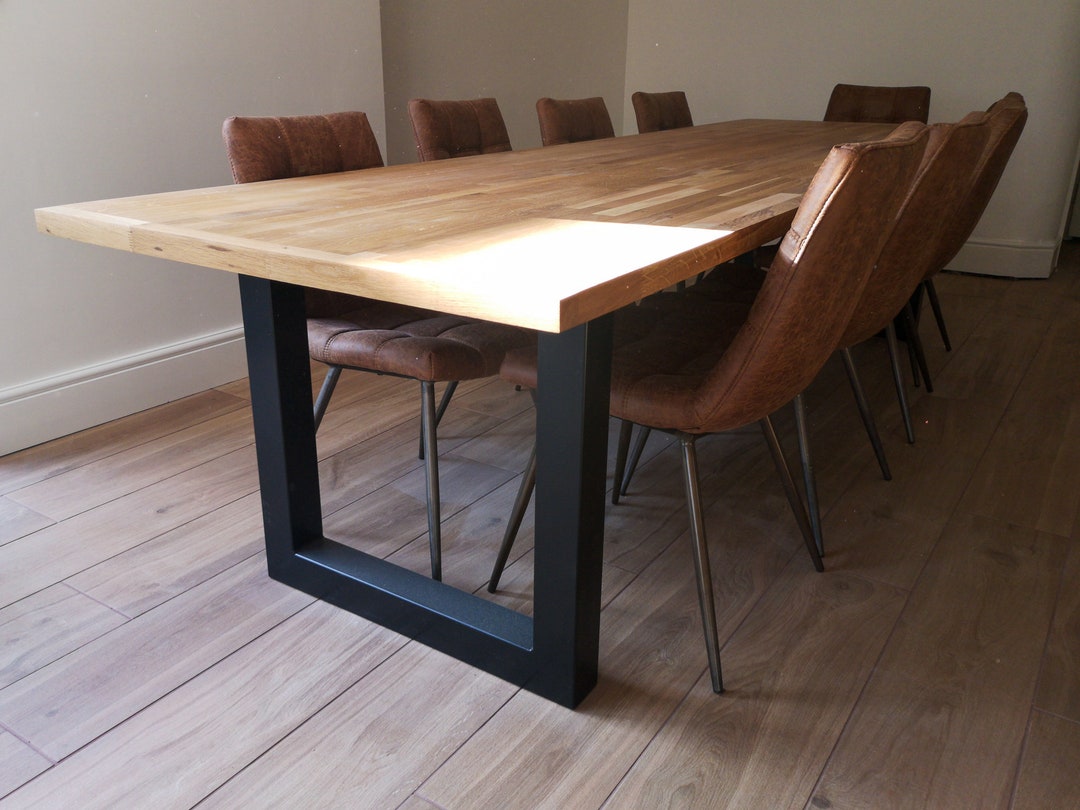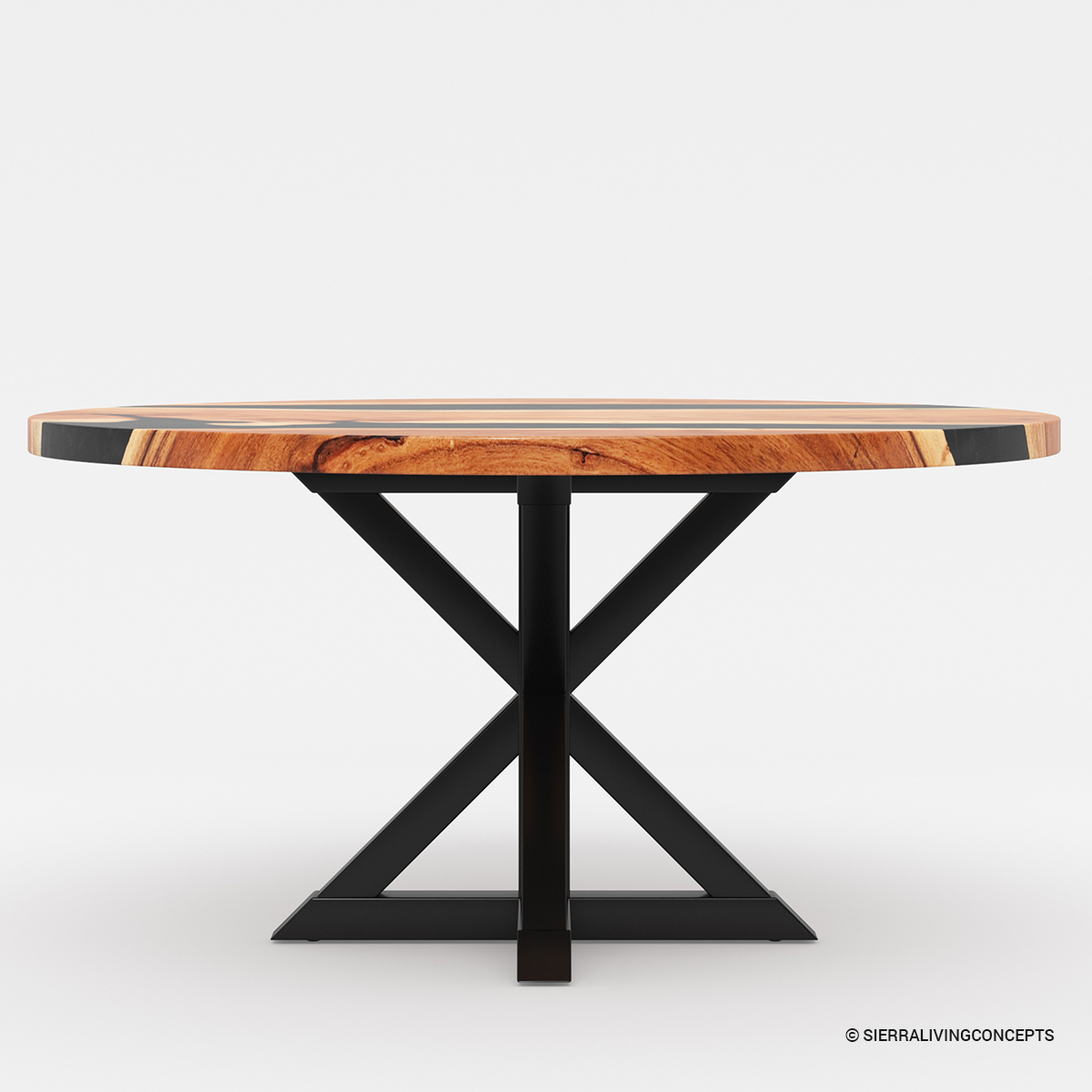Find the Ideal Dining Room Table Legs for Any Interior Design Style
Find the Ideal Dining Room Table Legs for Any Interior Design Style
Blog Article
Professional Tips for Installing Dining Space Table Legs for Optimum Security
When it comes to mounting dining space table legs, attaining optimum stability is paramount for both performance and aesthetic appeals. What details methods can improve security also better?
Choose the Right Legs
When choosing the ideal legs for your dining room table, it is important to take into consideration both capability and looks. The legs you choose will substantially affect the overall style and security of the table. Review the table's intended use; if you anticipate regular gatherings, sturdier legs, such as those made from strong timber or metal, might be extra ideal, as they supply raised resilience and support.
Basic dining tables usually vary from 28 to 30 inches in height, so ensure the legs straighten with this standard for convenience. Tapered legs can include a contemporary touch, while turned legs could communicate a more timeless visual.

Select Appropriate Equipment
Exactly how can the right hardware improve the security and long life of your dining-room table? The selection of proper hardware is vital to ensuring that the legs of your table are safely attached and able to withstand routine usage. High-grade screws, bolts, and braces provide the needed strength to sustain the weight of the table, as well as any extra lots positioned upon it during events or dishes.
When choosing screws, go with those made from resilient products such as stainless-steel or brass, which stand up to rust and keep integrity in time. The size of the screws is just as essential; they must pass through deeply right into the table's framework without jeopardizing stability. For bolted connections, think about making use of lock washers to stop loosening because of vibration or activity.
Furthermore, using corner brackets can add additional assistance, particularly for larger tables or those with larger tops. These brackets disperse weight uniformly and aid maintain the table's form. Making certain that the equipment you choose is ideal for the certain materials of your table will further enhance its total stability and longevity, permitting you to appreciate your dining experience for years ahead.
Ensure Correct Placement
Correct placement of eating space table legs is important for both visual allure and useful security. To achieve optimum placement, start by measuring the distance from the table's edges to the leg accessory points.
Use a level during setup to validate that each leg is vertical to the table top. This action is critical, as also minor inconsistencies can rise into considerable stability problems over time. It is a good idea to note the desired leg positions on the bottom of the table with a pencil or concealing tape before securing them. This technique acts as a visual overview, allowing for adjustments as needed.
In addition, ascertain the positioning after the preliminary screws are tightened, as modifications may be necessary prior to completely safeguarding the hardware. By focusing on appropriate alignment, you not just improve the table's total style yet likewise ensure that it remains steady and functional for years to find.

Consider Weight Distribution
After ensuring proper positioning of the dining-room table legs, it is very important to consider weight distribution to enhance stability and functionality. dining room table legs. Correct weight distribution is vital in preventing guaranteeing and wobbling that the table original site can sustain its intended load without danger of tipping or breaking down
When positioning the legs, guarantee they are placed at equal distances from the center of the table to uniformly distribute the weight across the framework. Think about the weight of the table top and any type of products that will regularly hinge on it, such as tabletop devices or attractive pieces. Tables with larger surfaces must ideally have legs located closer to the corners, as this optimizes the base of support and minimizes the threat of instability.
Furthermore, if the table is planned for usage in a high-traffic area, consider utilizing larger products for the legs or adding supporting components, such as cross-bracing or a lower shelf - dining room table legs. These modifications can assist keep balance and avoid changing during usage. Ultimately, a well-considered weight distribution approach will considerably boost the table's general efficiency, guaranteeing it continues to be a eye-catching and functional centerpiece for your dining area
Test Security Before Use
Testing the security of the eating room table before usage is an important step that must not be overlooked. If the table reveals instability, determine the legs or joints that may need modification.
Following, check that all bolts and screws are tightened effectively. Loosened connections can lead to instability and prospective damages with time. If needed, use wood adhesive on joints to enhance security, making certain to permit appropriate drying time.

Final Thought
In verdict, the setup of dining-room table legs calls for cautious factor to consider of materials, weight, placement, and hardware circulation to attain maximum security. By selecting high-grade see page fasteners and strong great post to read legs, guaranteeing specific positioning, and dispersing weight uniformly, the architectural integrity of the table can be dramatically boosted. Carrying out a stability examination before normal use additionally guarantees that the table will stand up to daily stress, therefore offering a safe and trustworthy eating experience.
When it comes to installing dining room table legs, accomplishing optimum security is paramount for both functionality and looks. The legs you pick will considerably affect the general style and stability of the table (dining room table legs). Standard dining tables normally vary from 28 to 30 inches in height, so guarantee the legs align with this standard for comfort.Appropriate alignment of dining room table legs is necessary for both visual charm and functional stability.In conclusion, the installment of eating space table legs requires mindful factor to consider of materials, equipment, weight, and placement circulation to accomplish maximum security
Report this page